 |
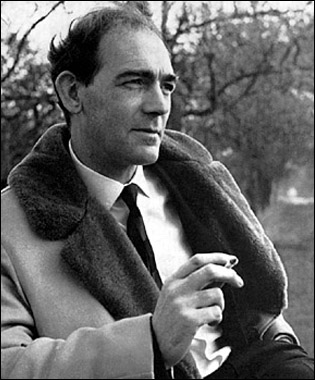 |
Gardner's
connection with James Bond began in 1980:
We were living in Ireland, and the mail arrived one morning.
There was a letter from a great friend of mine, a crime writer, very
well known - he said he'd been approached by Glidrose, who wanted to
see if they could produce at least one more James Bond book. They
had a short list of five people, and I was at the head of the list.
He wanted me to get back to him immediately if I was interested. I
have to be honest - at first I was not interested. My own work was
not doing badly, and I thought this was probably not the thing to
do. I slept on it. And I thought, well, I've been doing a serious
book and then a rather light-hearted book, a kind of
kiss-kiss-bang-bang type of book, and alternating between the two
styles. So why not explore it? I told my agent at the time about it
I said, "I've had an interesting offer, but I don't think I'm going
to take it." When I told him what it was, he said, "Oh yes you are!"
At that time, Glidrose were only thinking in terms of one book,
which seemed to us a little short-sighted. So he went and had lunch
with the Glidrose people and asked for a three book contract. And I
wanted cut-out clauses; because we could all fall flat on our faces.
They accepted that idea, and we had a mutual cut-out clause. |
|
|
I then had to
pass the test of actually going in and having lunch with the
powers-that-be at Booker [Glidrose is a company within the
Entertainment Division of Booker plc] answering… well, I was
interrogated, actually. "What would you do with Bond?" they asked.
And this is quite extraordinary — we all came to the table with the
same idea on the approach: to put Bond on ice, so to speak, and
resurrect him in 1980 completely intact with all the knowledge of
the previous decade and a half, but at relatively the same age. We
could have gone back to the sixties and continued where Mr Fleming
left off. We could have gone back before the Fleming books, which is
what Mr Pearson did. Kingsley Amis had done one, as you know. |
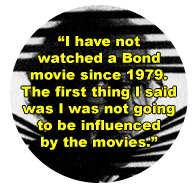
|
|
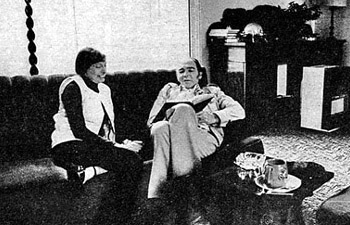 |
|
John Gardner at his
home in Ireland with his wife Margaret |
|
|
Anyway, we felt
it was the only way to do it, mainly because so much has happened in
the world of espionage since the Sixties technologically speaking.
Just the microchip itself has changed the espionage world so much. I
wanted their permission to evolve my own style, which they refused,
and I wanted to use real equipment - real hardware that exists, not
the fantasy stuff, and they agreed to that. We got a fair offer, and
then I had to submit an outline and the first six chapters. The
outline became the all-serious thing for all the books, especially
the early ones. I'm required by contract to produce this outline,
and this is really the most difficult, painstaking part of the
process. The actual writing of the book takes anywhere from five to
eight weeks, and it's relatively easy. |
|
|
The outline is
anywhere from two to ten pages.
Even with the outline, I'm reluctant
to write the
ending.
I don't like to know how my books are going
to
end until
I'm writing them. I want the freedom to let
them
take me
where they want to go. I don't like being
locked in
to an ending.
I
think Glidrose certainly now understand
this.
After the outline
and the
first six chapters are accepted, I continue.
I like them
[the
publishers] to have the first chapter, especially, because
it
sets the tone, and the
outline sets up the situation and the MacGuffin. |
|
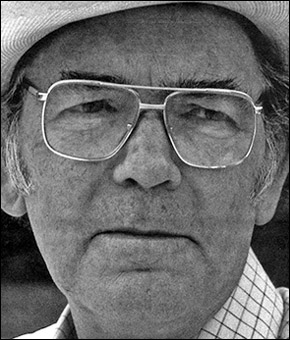 |
I think I've
only twice been told to change something major. Reluctantly, I've
given away a secret or something so that the publisher will
understand the plot better. Once I submitted the final manuscript, I
found out I was being edited three ways - Glidrose were editing...
Peter [Janson-Smith] and I would sit down at meetings and go
through the notes, but we've fine-tuned this process down to a very
manageable system, doing it by FAX. We call it “Professor Nitpick's
Notes”, so we don't get on a personal level.
Then it goes
through the American publisher [Putnam] and then the British
publisher! [Hodder & Stoughton] And this is all a strange
mixture of bedfellows. I remember on the first book, the editor at
Cape wanted me to change the locality of the climactic scene [at
Perpignan]. I had to appeal to Glidrose to defend me. Finally,
that was settled, and bingo, we did it. It wasn't until the first
book was published that I realized what I'd let myself into. I had,
through the years heard about James Bond this and James Bond that,
but I had not fully realized what a household name he truly had
become. And it hit me rather like a brick! |
|
|
I remember
coming across the Bond books in the Fifties. Margaret [Mrs
Gardner] had got one at the library for me - I was sick with the
flu and confined to bed for about three weeks. I remember reading
the first one and thinking, "This is fun." Was I a fan? Yes, I was,
but I had to keep in mind that this was fantasy and not intended to
portray the real intelligence world. But this was precisely the
objective of Mr Fleming's exercise. |
|
When I began the
first book, I read all the Fleming books again quickly. I had to
finish a book of my own before I started it, so I began this Jekyll
and Hyde existence. I read the books, then I wrote LICENCE RENEWED.
I was then exposed to the media upon publication. The first
journalist to interview me was a very entertaining young lady from a
very good British paper, and she said, “I have a quiz here”. She had
prepared a list of twenty-two questions on the books, and I think I
got about five of them right. I read them for the flavour, not the
detail. Besides, Peter and Glidrose would have prevented me from
making any big mistakes, any real howlers, so I wasn't that
interested in the trivial details. I have other sources for weaponry
and intelligence community information. Primary sources are books,
secondary sources are people who are actually part of or happen to
be part of the intelligence community. They're the most dubious
connection, because they're not always forthright. But I built up,
even before I started doing Bond, a good wealth of resources.
Classified subjects are not discussed, of course. |
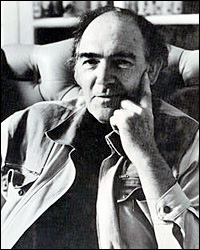 |
|
|
CONTINUED |
|
|
|
|
